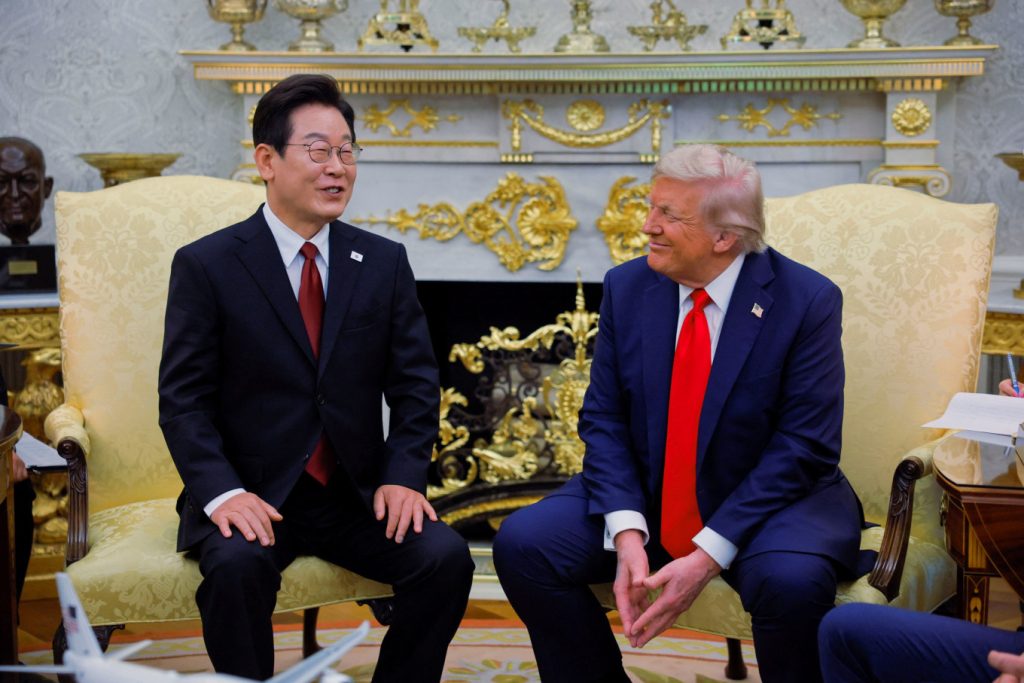South Korea Says It Cannot Provide $350 Billion Upfront in U.S. Tariff Deal

South Korea has stated it is not able to provide $350 billion in upfront investment in the United States, as suggested by President Donald Trump, and is working on alternative proposals, according to a senior official.
The two countries reached a verbal agreement in July to reduce U.S. tariffs from 25% to 15%. As part of that arrangement, South Korea pledged $350 billion in investment. However, Seoul has emphasised that this amount would be made up of loans, guarantees, and equity investments—not an immediate cash payment.
President Trump, however, recently said the funds would be delivered all at once.
“We have in Japan it’s $550 billion, South Korea’s $350 billion. That’s upfront,” he said.
South Korean officials warn that meeting such a demand in cash could seriously destabilise their economy.
“The position we’re talking about is not a negotiating tactic, but rather, it is objectively and realistically not a level we are able to handle,” said National Security Adviser Wi Sung-lac during a televised interview.
“We are not able to pay $350 billion in cash,” he added.
Although South Korea remains committed to the investment, it has resisted conditions that would give the U.S. control over how the funds are deployed. Discussions to formalise the trade agreement are currently stalled.
President Lee Jae Myung has also expressed concern that such a large upfront payment could trigger a financial crisis. He noted that even with foreign exchange reserves totalling $410 billion, the economy would be at risk “without safeguards such as a currency swap.”
Wi further stressed the seriousness of the issue:
“Nobody would question South Korea’s position on the feasibility of the amount if it were required as a cash payment upfront.”
Talks are ongoing, and South Korea is aiming to finalise the deal at the upcoming Asia-Pacific Economic Cooperation (APEC) summit it will host next month, where President Trump is expected to attend.
